Discover a variety of Harvey awning window sizes that perfectly suit your needs and enhance the aesthetic appeal of your living space.
Are you planning to replace your old windows with new, energy-efficient ones? If yes, then you must have heard about Harvey awning windows. These windows are known for their durability, functionality, and style.
But before you make a decision, it’s essential to understand the different sizes of Harvey awning windows available in the market. In this blog post, we’ll discuss everything you need to know about Harvey awning window sizes so that you can choose the perfect fit for your home.
So let’s get started!
Size Options for Small Spaces
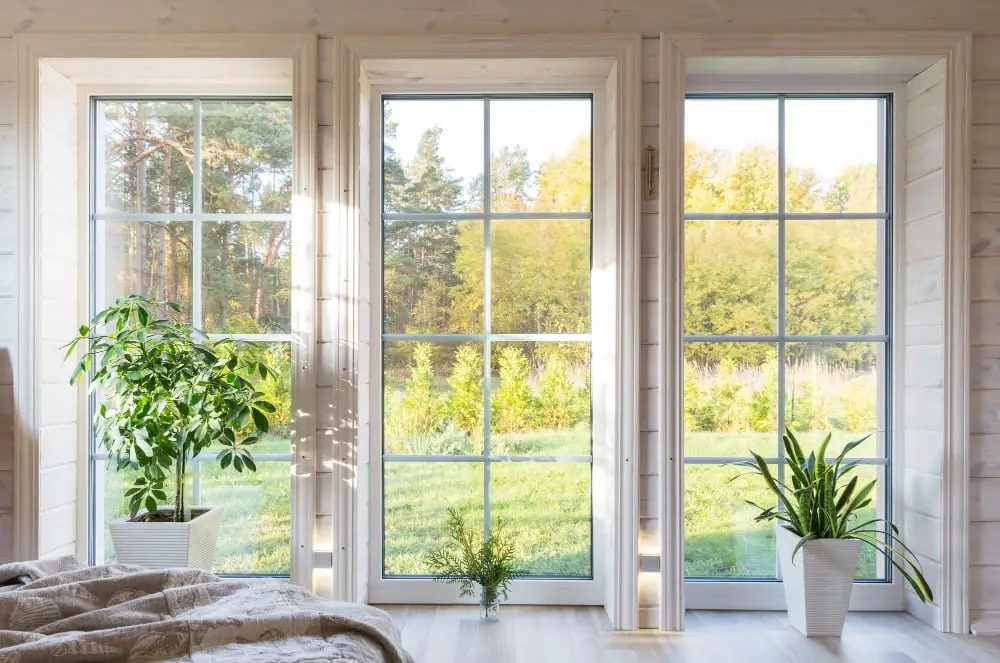
Harvey awning windows come in various sizes that cater to different needs. For small spaces, you can opt for smaller-sized awning windows that fit perfectly into your room’s dimensions without compromising on functionality or style.
The smallest Harvey awning window size available is 14 inches wide by 17 inches high. This compact size makes it an ideal choice for bathrooms, laundry rooms, and other areas where privacy is essential but still allows natural light to enter the room.
Another option for small spaces is a twin unit configuration of two smaller-sized windows installed side-by-side with a single frame. This configuration provides more flexibility in terms of ventilation control while maintaining an unobstructed view outside.
Vinyl Awning Windows
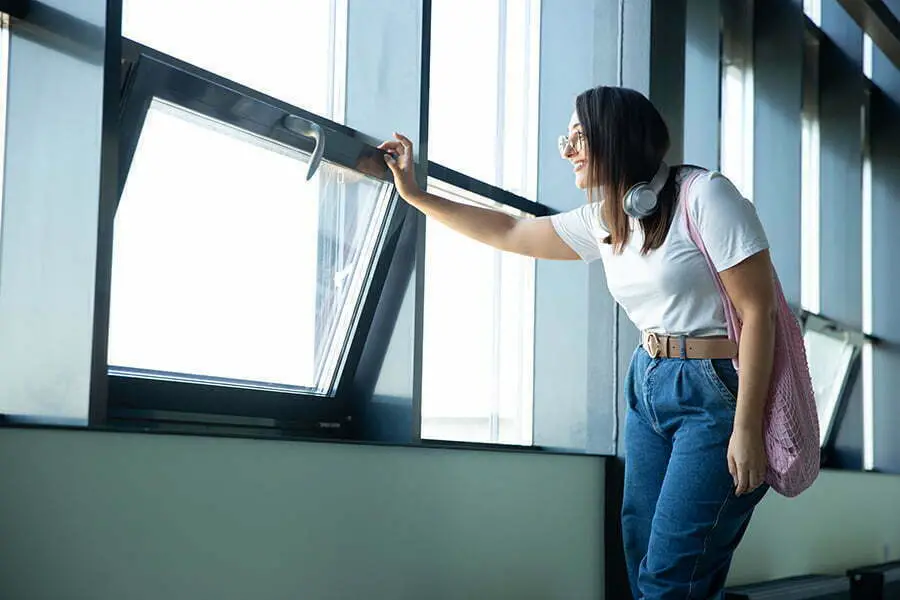
These windows are made of PVC (polyvinyl chloride) material that is resistant to moisture, rotting, and warping. Vinyl awning windows come in various sizes and styles that can complement any home’s design.
One of the significant benefits of vinyl awning windows is their energy efficiency. They have an airtight seal that prevents air leakage from your home while keeping the outside elements at bay.
This feature helps reduce your heating and cooling costs by maintaining a consistent indoor temperature throughout the year.
Another advantage of vinyl awning windows is their low maintenance requirements compared to other window materials like wood or aluminum. Vinyl does not require painting or staining as it comes in different colors baked into its surface during manufacturing.
Understanding Window Configurations
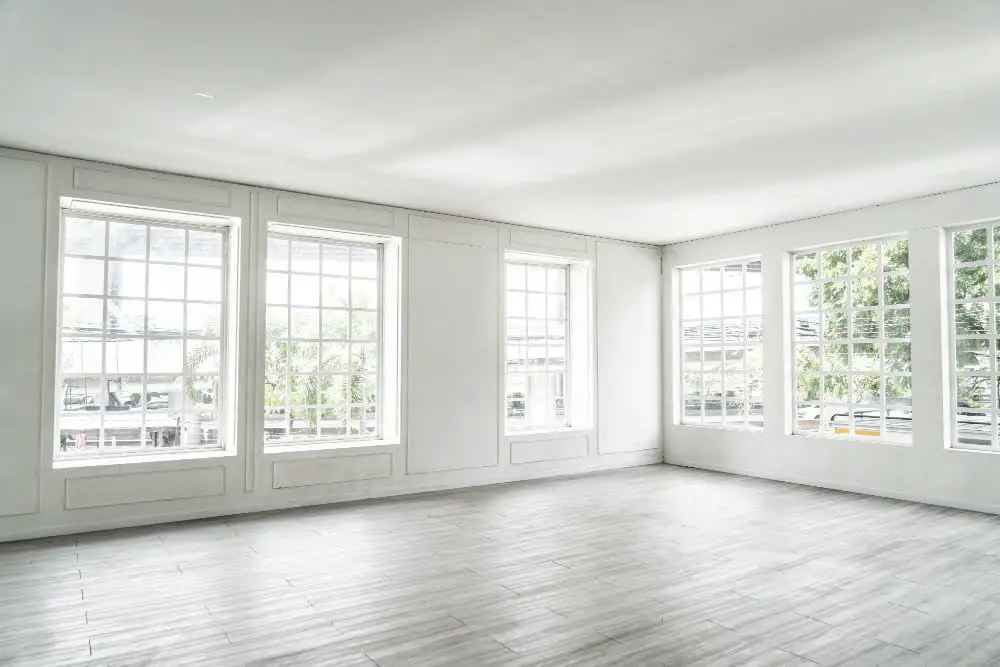
Harvey awning windows come in various configurations that can be customized according to your preferences and needs. The most common configuration options include single units, multiple units mulled together, or a combination of fixed and operable windows.
Single unit awning windows are perfect for small spaces such as bathrooms or kitchens where ventilation is essential but space is limited. Multiple units mulled together create a larger opening with more natural light while maintaining energy efficiency.
Combining fixed and operable awning windows allows you to enjoy unobstructed views while still having access to fresh air when needed. Understanding these different window configurations will help you choose the best option for your specific needs.
Measuring Your Window Size
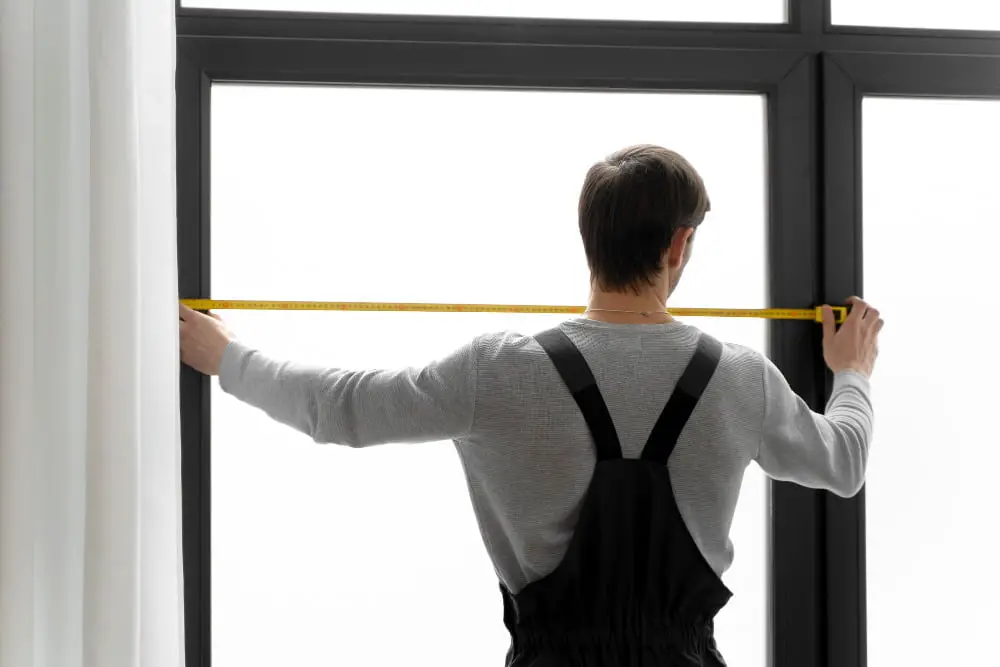
Before you start shopping for Harvey awning windows, it’s crucial to measure the dimensions of your existing window frame accurately. This will help you determine which size options are available and ensure that the new windows fit perfectly into place.
To measure your window size, start by measuring the width and height of both inside and outside parts of the frame. Make sure to take three measurements at each point (top, middle, bottom) to account for any irregularities in shape or angle.
Insect Screen Types
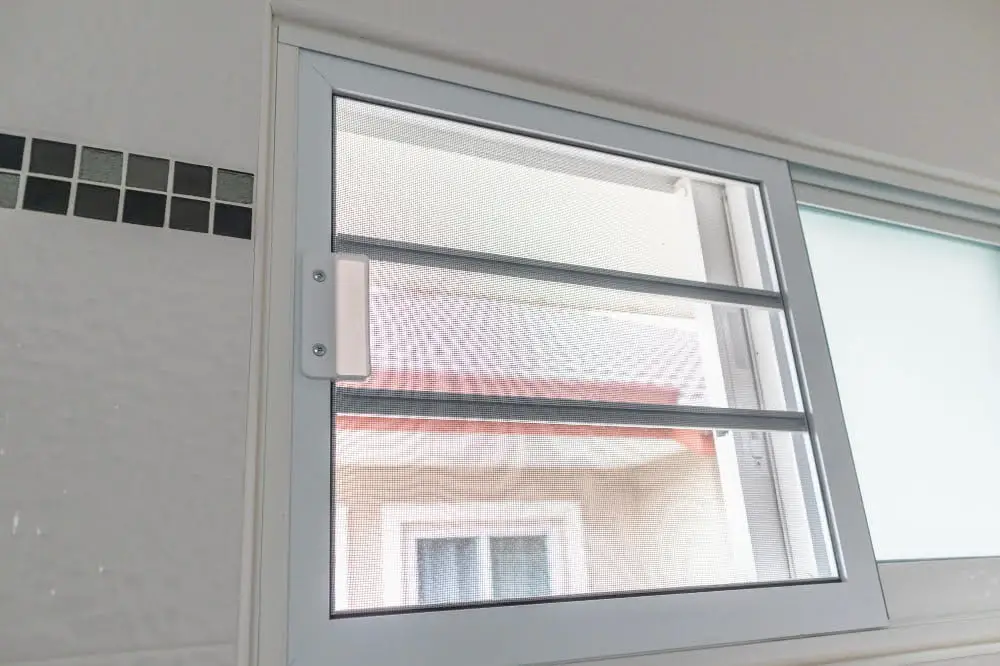
The most common types of screens are fiberglass and aluminum. Fiberglass screens are more durable and resistant to dents, while aluminum screens tend to be less expensive but can dent easily.
Another factor to consider is the mesh size or density. A tighter mesh will keep out smaller insects like gnats and mosquitoes but may reduce airflow through your window.
You’ll want to think about how easy it is for you or a professional installer to remove the screen for cleaning or replacement. Some models have removable clips that make this process simple, while others require tools or special techniques.
Installation Types for Awning Windows
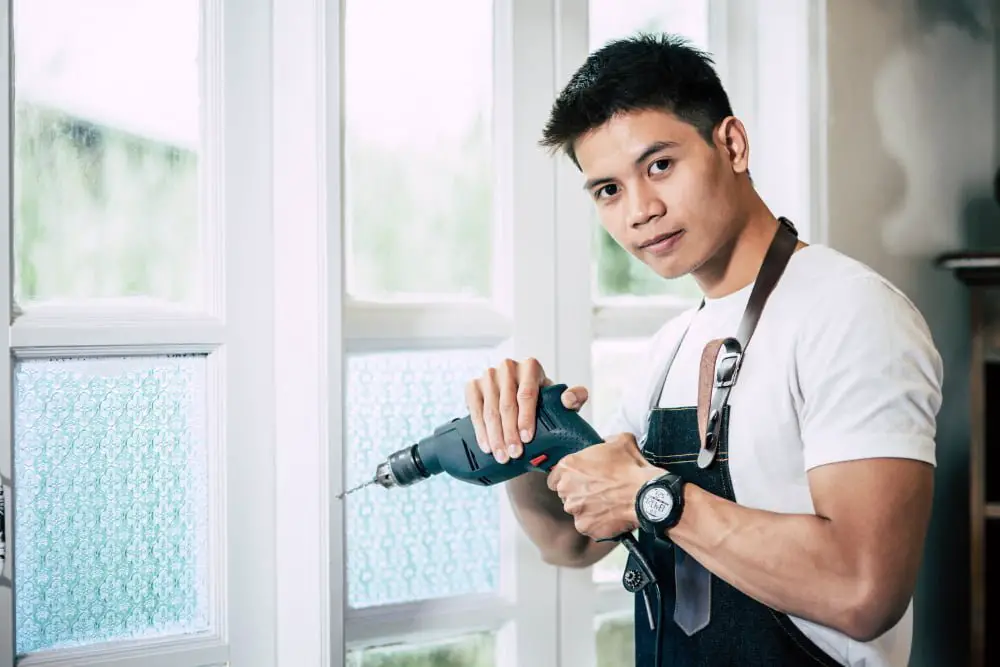
Full-frame installation involves removing the entire window frame, including the exterior trim and interior casing. This type of installation is recommended if your existing window frames are damaged or rotting.
On the other hand, retrofit installation involves leaving the existing frame in place and installing a new window within it. This option is ideal if your current frames are still in good condition but you want to upgrade to more energy-efficient windows.
It’s important to note that both types of installations require professional expertise for proper fitting and sealing. A poorly installed awning window can lead to air leaks, water infiltration, or even structural damage over time.
Before making a decision on which type of installation is right for you, consult with an experienced contractor who can assess your specific needs based on factors such as age and condition of your home’s structure as well as local building codes requirements.
Exterior Color Options
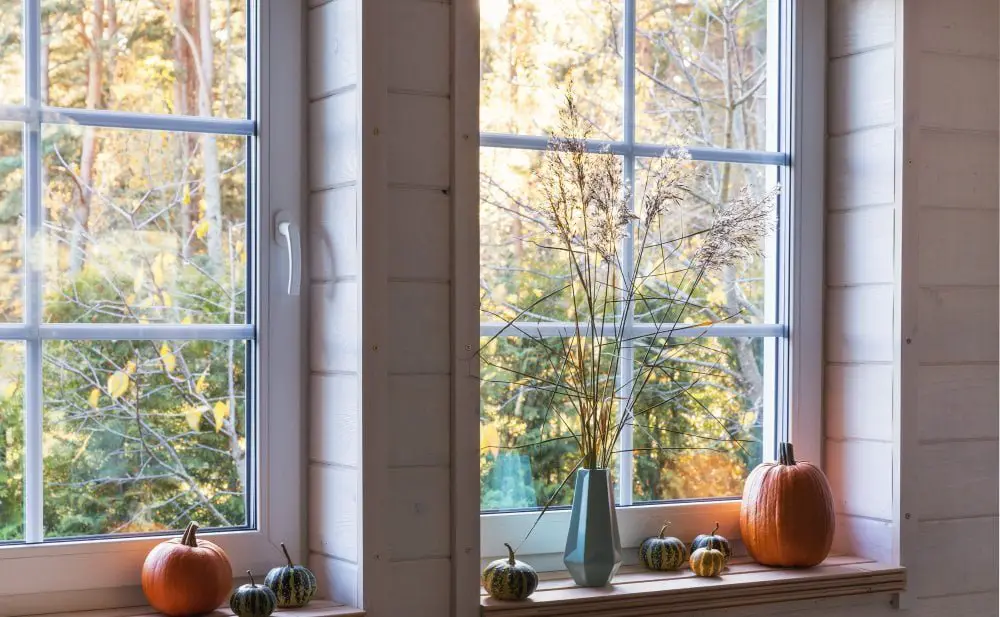
The right color can enhance your home’s curb appeal and complement its overall design. Harvey offers a wide range of colors that cater to different tastes and preferences.
You can choose from classic white or beige for a timeless look, or go bold with shades like black, bronze, forest green or brick red. If you want something more unique and eye-catching, there are also custom colors available upon request.
It’s important to note that some homeowners associations have specific rules regarding exterior window colors in order to maintain uniformity within the community. So before making any final decisions on your new windows’ color scheme be sure check with them first.
Interior Color Options
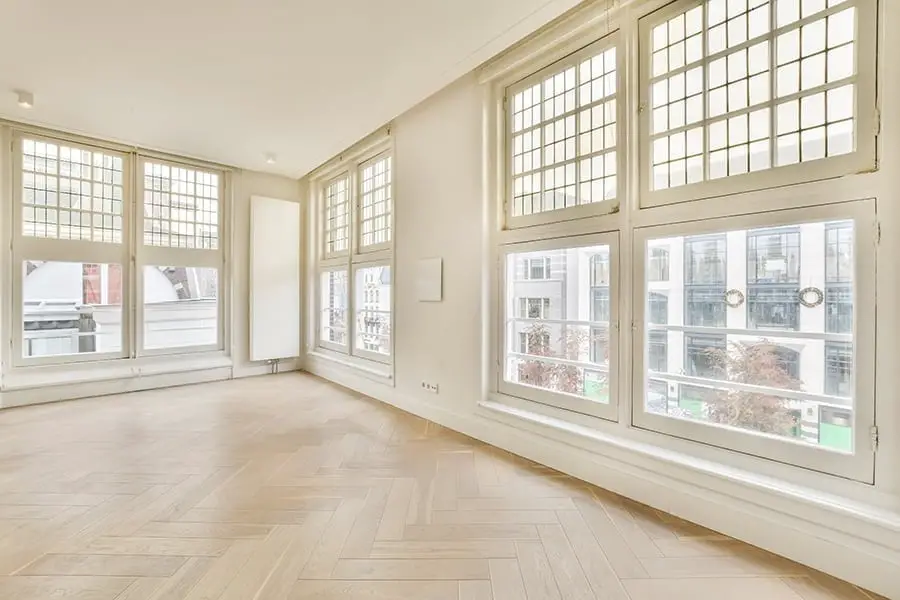
The right color can enhance your home’s aesthetic appeal and complement its overall design. Harvey offers a wide range of interior colors that cater to different tastes and preferences.
You can choose from classic white or beige shades for a timeless look, or go for bold hues like black or dark bronze for a more modern feel. If you want something in between, there are also neutral tones like almond and sandstone that offer versatility.
The best part about these interior colors is that they’re not just painted on; they’re infused into the vinyl material during manufacturing. This means they won’t fade over time due to exposure to sunlight or other elements.
If you ever decide to change your home’s decor down the line, these windows’ neutral tones will make it easy for them always fit in with any new style changes without clashing with existing features of your house.
Window Glass Types
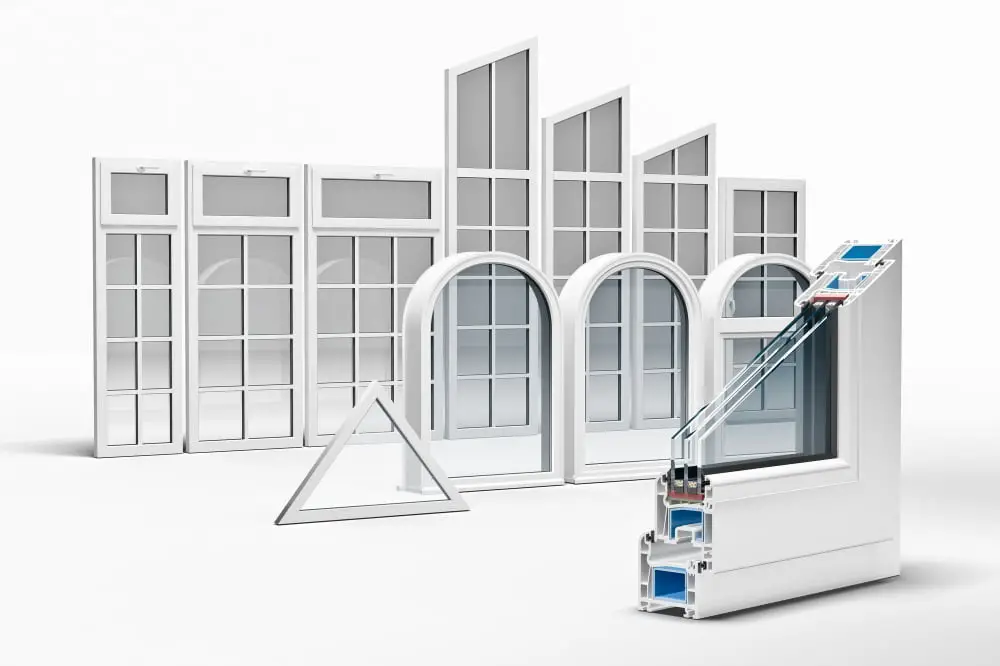
The glass is an essential component of any window as it affects energy efficiency, noise reduction, and overall performance.
Harvey offers a range of high-quality glass options for their awning windows. One popular choice is Low-E double pane glass which has a special coating that reflects heat back into your home during winter months while keeping out unwanted heat in summer months.
This helps reduce energy costs by keeping your home at a comfortable temperature year-round.
Another option is Low-E double pane obscure or tempered glass which provides privacy without sacrificing natural light transmission. These types of glasses are perfect for bathrooms or other areas where privacy is needed but natural light must still come through.
Low-E Double Pane Glass
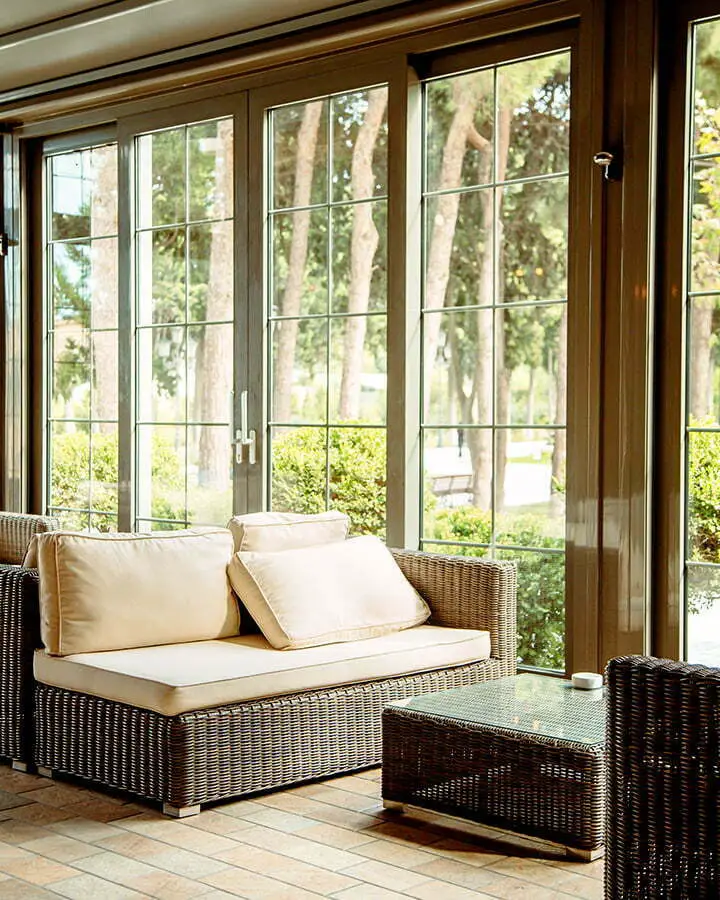
This type of glass has a special coating that reflects heat back into your home during the winter months and keeps it out during summer, reducing your heating and cooling costs.
Harvey offers three types of Low-E double pane glass: standard, obscure, and tempered. Standard Low-E double pane glass is perfect for those who want to reduce their energy bills without sacrificing natural light in their homes.
Obscure Low-E double pane glass provides privacy while still allowing natural light into your home. Tempered Low-E double-pane Glass is ideal for areas where safety concerns are paramount because it’s four times stronger than regular annealed (non-tempered) window panes.
When choosing which type of Harvey awning window size with low-e Double Pane Glass you need, consider factors such as climate conditions in your area or if you have children or pets at home that could accidentally break a non-tempered windowpane.
Low-E Double Pane Obscure Glass
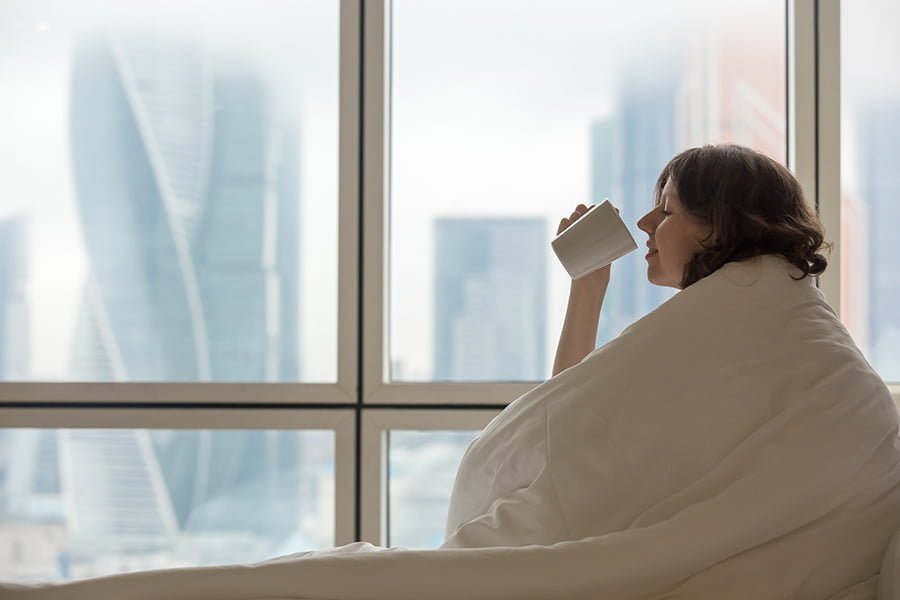
This type of glass has a frosted appearance that obscures the view from outside, making it perfect for bathrooms or bedrooms. Low-E double pane obscure glass provides energy efficiency by reducing heat transfer and blocking UV rays.
When choosing Harvey awning windows with Low-E double pane obscure glass, you can rest assured that your home will be more comfortable and energy-efficient than ever before. The combination of the two panes of glass with a low-emissivity coating helps to keep your home warm in winter and cool in summer while also reducing noise pollution.
If you’re looking for an attractive window option that offers both privacy and energy efficiency benefits, consider Harvey awning windows with Low-E double pane obscure glass.
Low-E Double Pane Tempered Glass
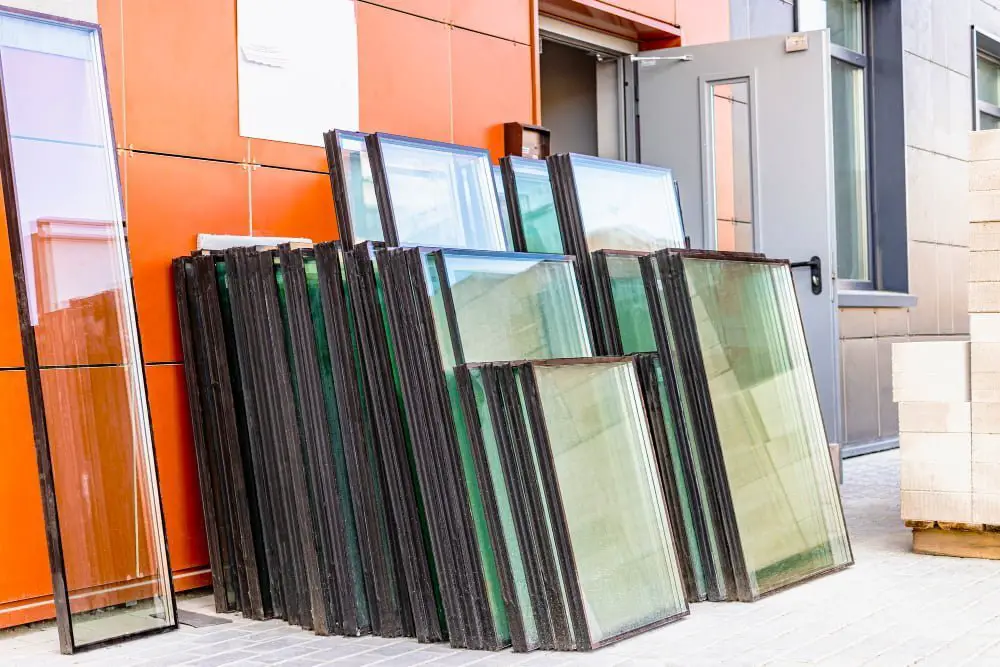
This type of glass has two panes with a low-emissivity coating that reflects heat back into your home during the winter months and keeps it out during summer. The tempered glass is also four times stronger than regular annealed glass, making it more resistant to breakage.
In addition to its strength and energy-saving properties, Low-E double pane tempered glass also offers superior sound insulation compared to single-pane windows. It reduces outside noise levels by up to 50%, creating a quieter living environment.
When choosing Harvey awning windows with Low-E double pane tempered glass, you’ll have several options for customization. You can choose from different grid styles or hardware colors depending on your preferences.
Hardware Color Choices
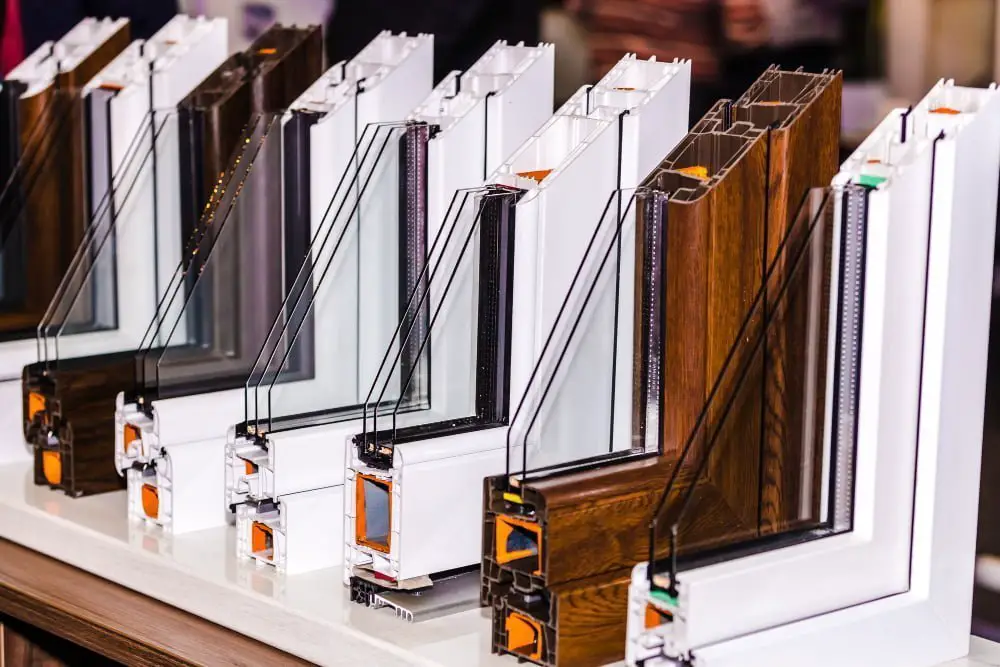
The right hardware color can complement your interior and exterior design, adding a touch of elegance to your living space.
Harvey offers a wide range of hardware colors for their awning windows. You can choose from classic white or black finishes or opt for more modern options like brushed nickel or oil-rubbed bronze.
If you’re looking to add some personality and character to your windows, Harvey also offers custom finishes that allow you to match any unique style.
It’s important not only to consider the aesthetic appeal but also the durability of each finish option when making this decision. Some colors may be more prone than others in showing wear over time due exposure from sunlight and other environmental factors.
Window Grid Styles
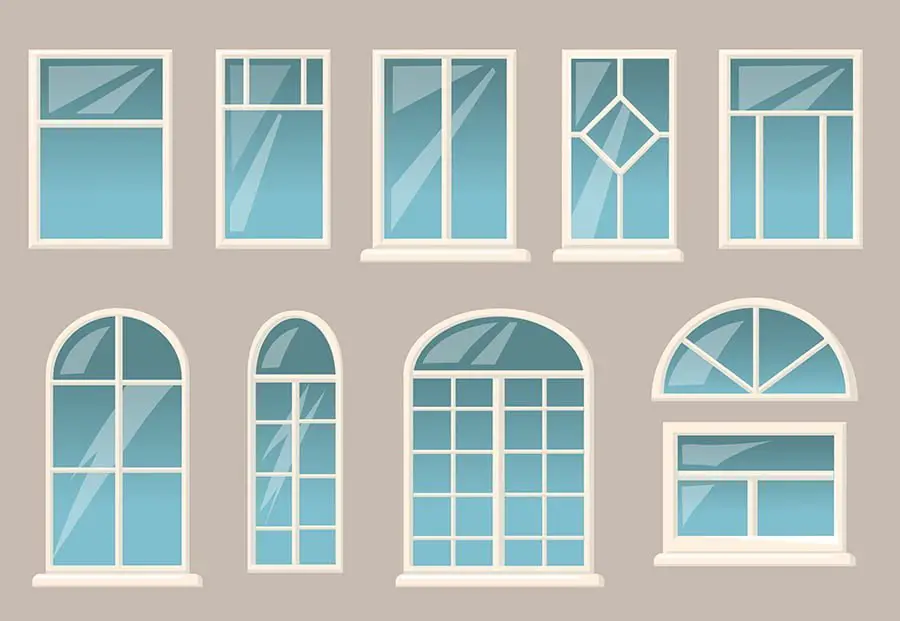
Window grids are decorative patterns made up of horizontal and vertical bars that divide the window into smaller panes. They can be used to create a traditional or modern look, depending on the style you choose.
The most popular grid styles for Harvey awning windows include Awning Colonial, Awning Prairie, and Awning Top Row. The colonial style features evenly spaced horizontal and vertical bars that create small squares within each pane.
The prairie style has two vertical bars with shorter horizontal ones between them, creating larger rectangles within each pane. The top row style has one or more rows of smaller panes at the top portion of the window.
When choosing a grid pattern for your Harvey awning windows consider how it will complement your home’s architectural design as well as its interior decor scheme.
Awning Colonial Grid Type
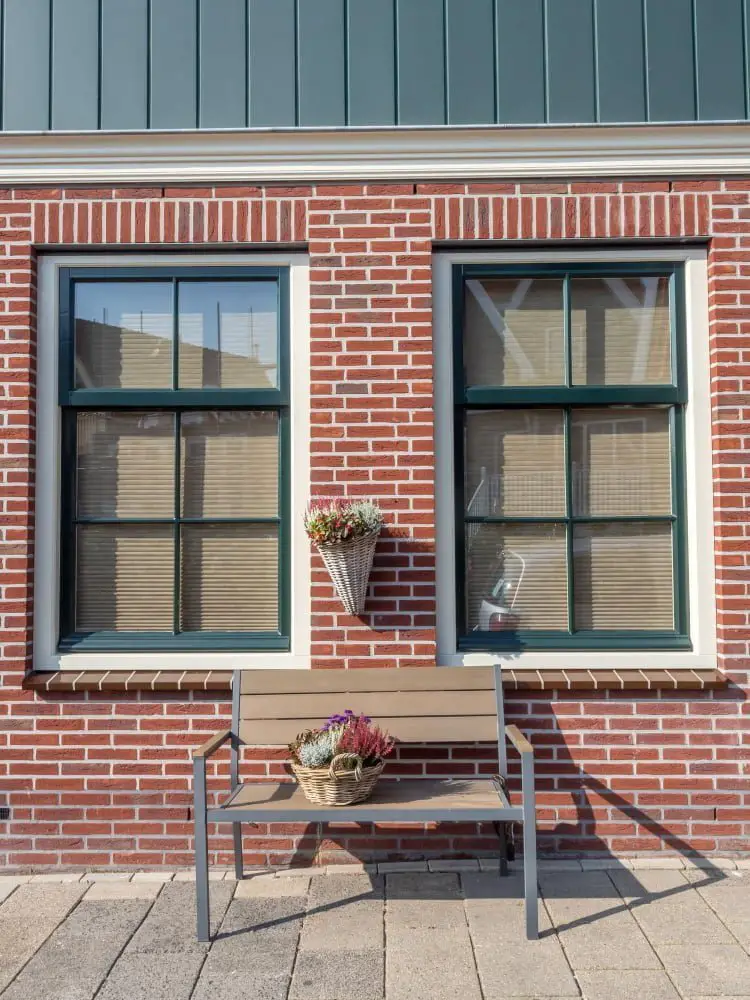
This grid style features evenly spaced horizontal and vertical lines that create small rectangular shapes on the windowpane. The colonial grid type adds depth to your windows while maintaining a clean, symmetrical appearance.
The awning colonial grid type is available in various colors to match your interior or exterior design scheme. You can choose from white, beige, bronze or black hardware color options to complement your home’s aesthetic appeal.
When selecting this option for Harvey awning windows sizes, it’s essential to consider how many grids you want per windowpane as well as their size relative to each other. A professional installer can help guide you through these decisions based on what will work best with your specific space requirements.
Awning Prairie Grid Type
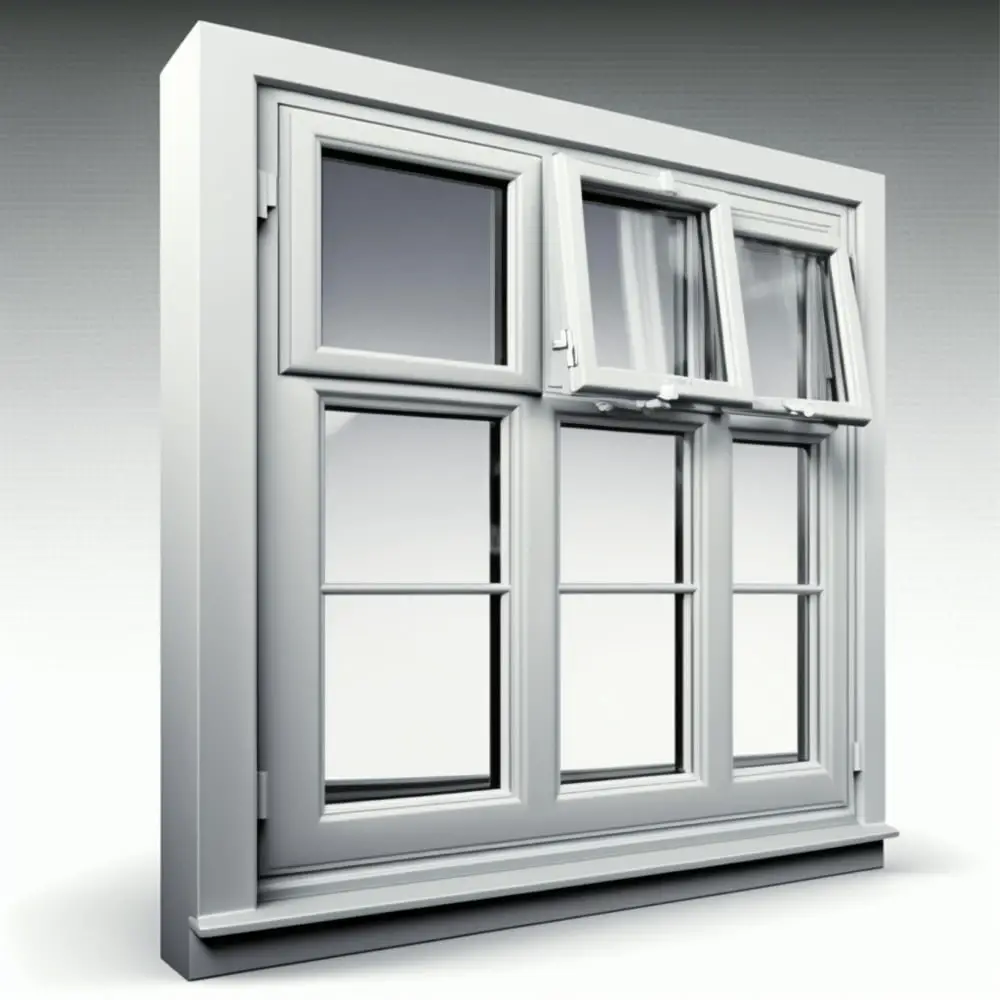
This design features horizontal and vertical bars that create small rectangular shapes on the glass surface. The result is a classic look that complements traditional homes or adds interest to modern ones.
The awning prairie grid type comes in various configurations, allowing you to customize your windows according to your preferences. You can choose from different bar widths, colors, and materials such as wood or vinyl.
When selecting this style of window for your home renovation project, it’s essential also to consider other factors such as energy efficiency ratings and installation requirements. A professional contractor can help guide you through these decisions so that you end up with beautiful windows that are functional too.
Awning Top Row Grid Type
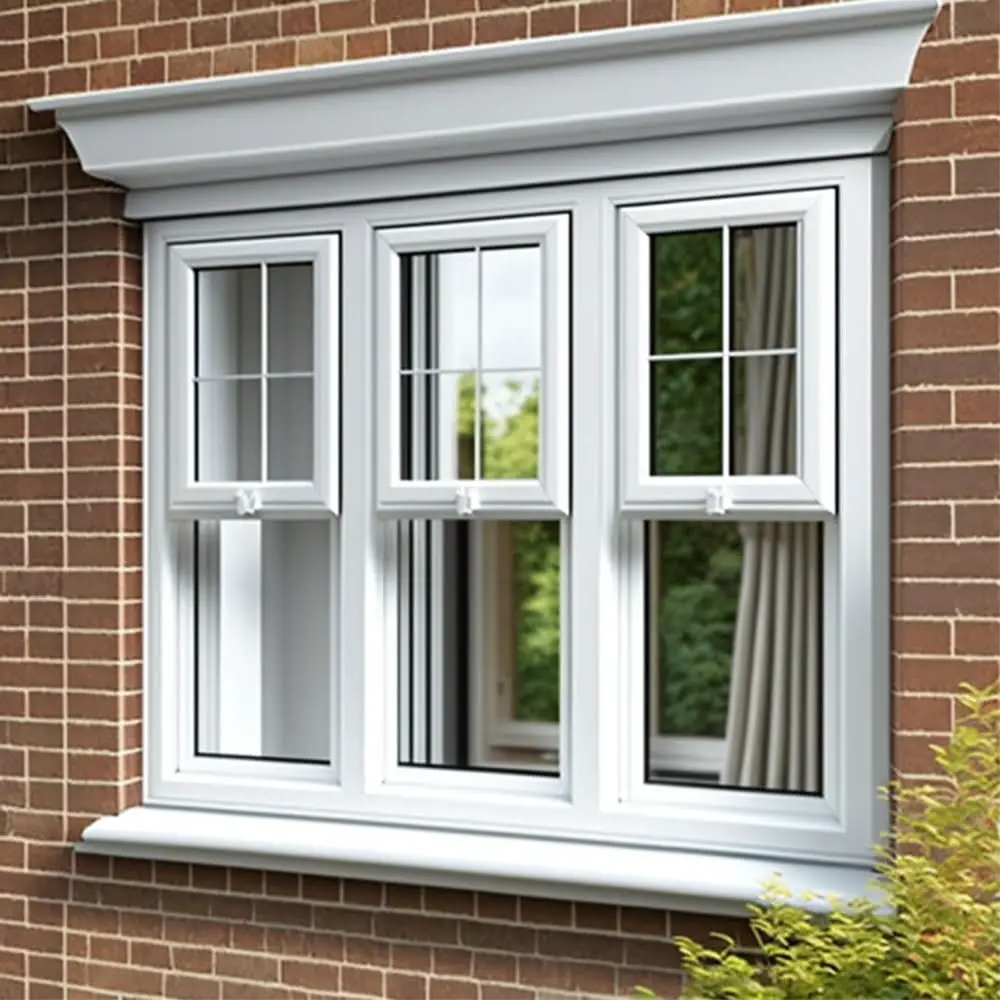
This type of grid style features a horizontal bar across the top row of windows, creating an illusion that there are multiple small panes in one large window. The result is a classic look reminiscent of traditional homes.
The Awning Top Row Grid Type can be customized to fit any size or shape awning window and comes in various colors and materials such as vinyl or wood. It’s also available with different glass options like Low-E double pane tempered glass for added energy efficiency.
When it comes to installation, this grid type requires additional work compared to other styles since each individual pane needs its own frame and mullion bars installed separately before being assembled into one unit. However, if you’re willing to put in the effort, the end result will undoubtedly elevate your home’s curb appeal.
Replacing Exterior Trim
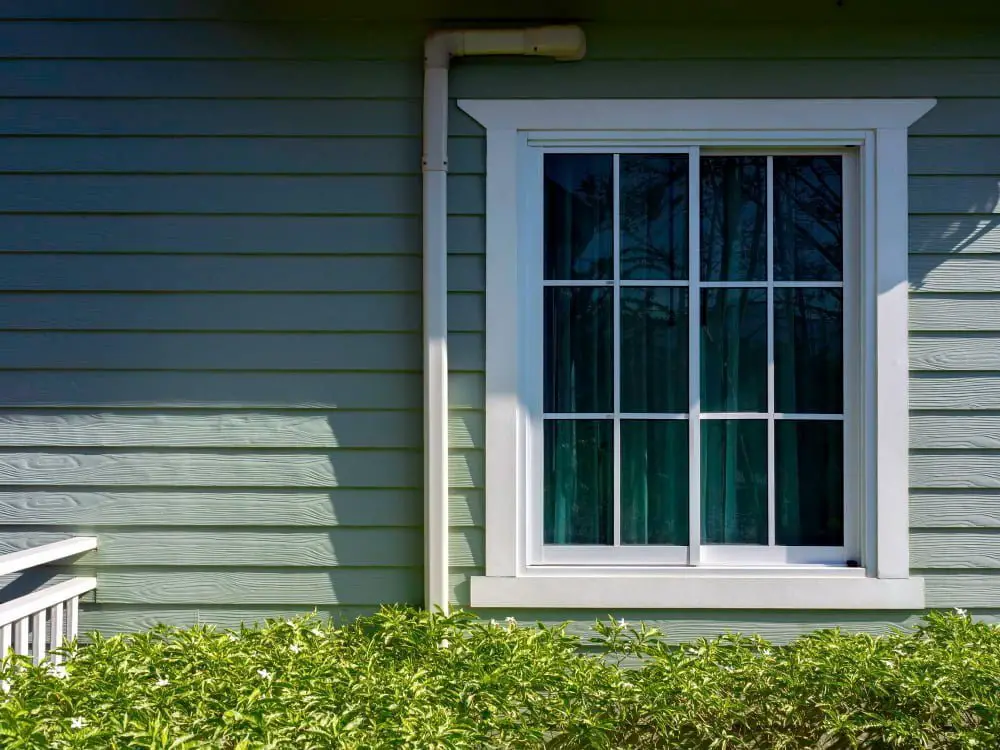
If the existing trim is damaged or rotting, it’s best to replace it before installing new windows. The reason being that if you install a window on top of damaged or rotten trim, moisture can seep in and cause further damage.
To replace exterior trim around an awning window, start by removing any old caulking and nails from the existing frame. Then measure and cut a piece of PVC board to fit snugly against the frame.
Secure this board in place using galvanized screws.
Next, apply silicone caulk along all edges where the PVC board meets other surfaces such as siding or brickwork. This will help prevent water from getting behind the boards.
Paint over all exposed areas with high-quality exterior paint that matches your home’s color scheme for added protection against weather elements.
Replacing Interior Trim
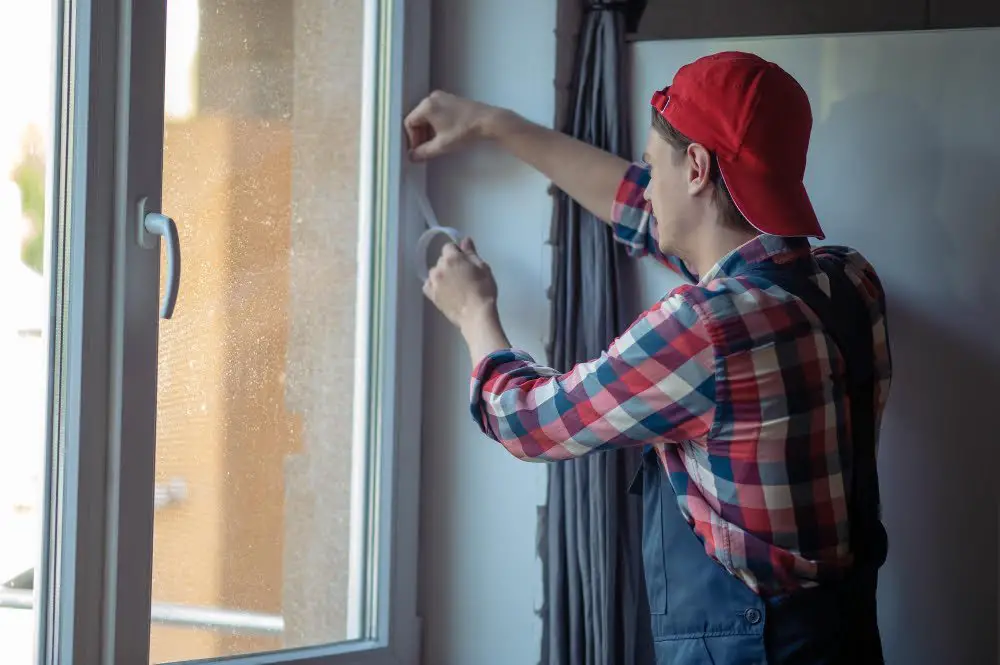
The interior trim covers the gap between the window frame and the wall, providing a clean finish to your window installation. If you’re replacing old windows with new ones, it’s crucial to replace or update your existing interior trim as well.
When replacing your old windows with Harvey awning windows, you’ll need to remove the existing casing around each window before installing a new one. This process can be time-consuming and requires some skill in carpentry work.
Once you’ve removed all of the old casings from around each window opening, measure and cut pieces of wood that will fit snugly into place on either side of where your new Harvey awning window will go. These pieces should be slightly longer than necessary so that they can be trimmed down once installed.
After cutting these pieces down to size using a saw or other cutting tool (such as a jigsaw), sand them smooth if needed before attaching them securely onto their respective sides using nails or screws depending on what type works best for this particular project.
Additional Work Requirements
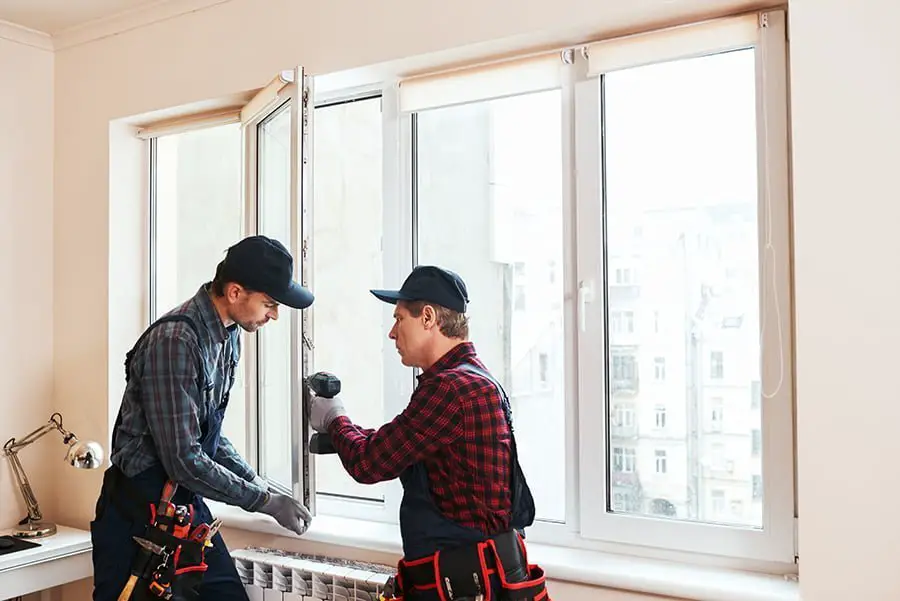
For example, if you’re replacing old windows with new ones of a different size or configuration, the surrounding trim and siding may need to be modified. This can add time and cost to your project.
If your home was built before 1978, there could be lead paint present on the existing window frames or trim. In this case, special precautions must be taken during removal and disposal of these materials.
It’s important to discuss any potential additional work requirements with your contractor before beginning the project so that you can budget accordingly and avoid any surprises along the way.
Pre-1978 House Considerations
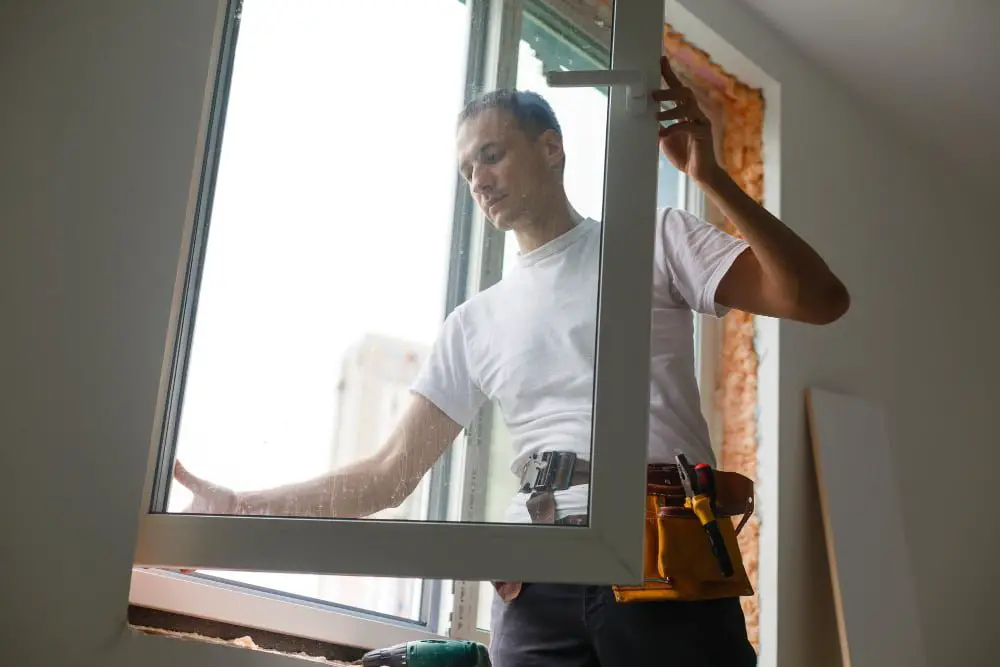
This is because houses built before 1978 may contain lead-based paint, which can be hazardous to your health if not handled properly during the window replacement process.
To ensure that your home remains safe and healthy, it’s essential to hire a professional contractor who is certified by the Environmental Protection Agency (EPA) for lead-safe work practices. They will take all necessary precautions while removing old windows and installing new ones.
If you’re planning on replacing more than six square feet of painted surface inside or twenty square feet outside of your home’s exterior walls during the window installation process, federal law requires that you notify any occupants about potential hazards from lead-based paint dust. Your contractor should provide this notification for you as part of their services.
Summary of Awning Window Options
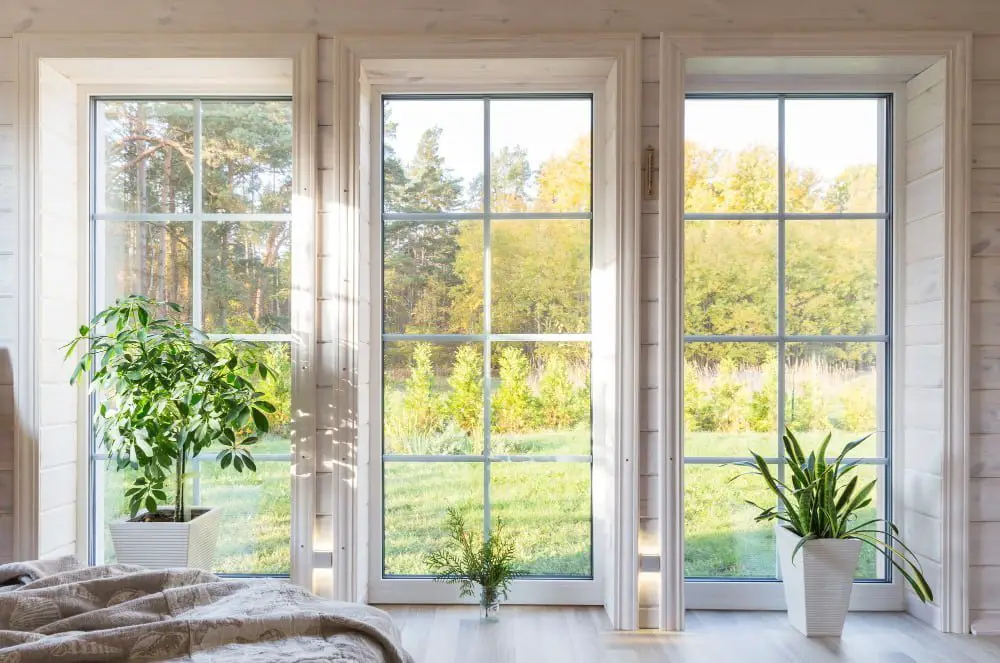
When choosing an awning window, you can select from a variety of size options that fit your needs and preferences. You can also choose from various exterior and interior color options to match your home’s style.
There are different types of insect screens available for added protection against bugs.
When it comes to glass types, low-E double pane glass is a popular choice as it provides energy efficiency by reducing heat transfer through windows while allowing natural light in. There are also other glass types such as obscure or tempered that offer additional benefits depending on your requirements.
Hardware color choices allow you to customize the look further with finishes like brushed nickel or oil-rubbed bronze. Window grid styles include colonial grids for traditional looks or prairie grids for more modern aesthetics.
Lastly, installation details should be considered when replacing old windows with new ones; this includes replacing exterior and interior trim if necessary and understanding any additional work requirements before starting the project.
Installation Details
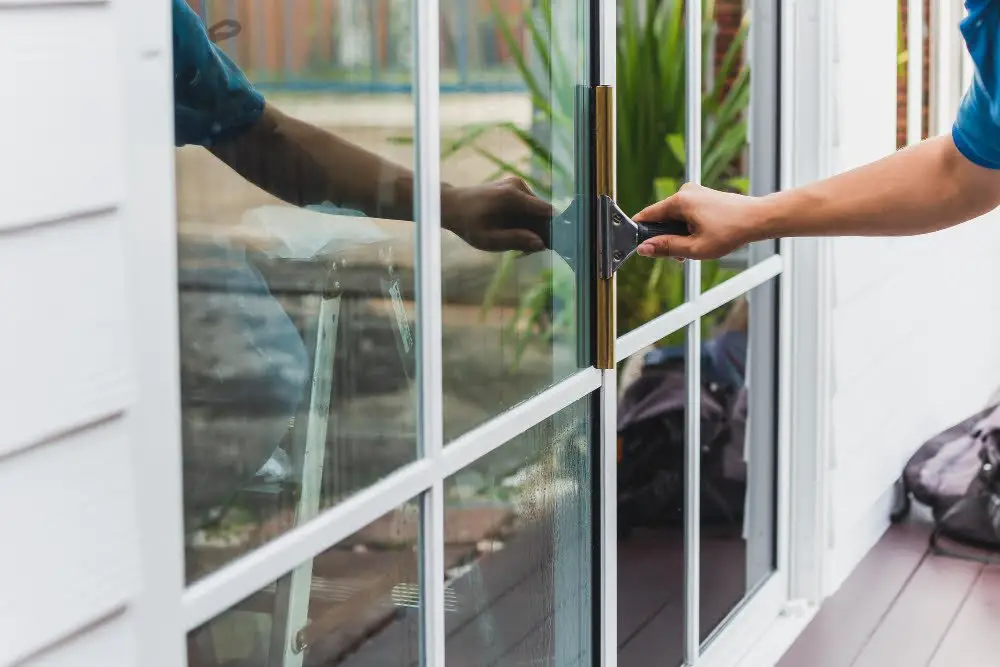
First and foremost, make sure that the window opening is square and level before installation. This will ensure that your new window fits perfectly into place without any gaps or leaks.
Next, consider the type of installation you want for your awning windows. There are two main options: full-frame replacement or pocket replacement.
Full-frame replacement involves removing the entire existing window frame and replacing it with a new one along with the sash and hardware components.
On the other hand, pocket replacement involves leaving most of the existing frame intact while only replacing certain parts such as sashes or hardware components.
It’s also important to choose an experienced installer who can handle all aspects of your project from start to finish including measuring accurately for custom sizes if needed; ordering materials; preparing surfaces properly prior to installation (e.g., cleaning debris); caulking around edges where necessary during final sealing process after completion so no air infiltration occurs between wall cavity space behind trim pieces which could lead moisture damage over time due condensation buildup inside walls caused by temperature differences between indoor/outdoor environments.
FAQ
What are standard sizes of awning windows?
Standard awning window sizes range from 2 feet to 5 feet 5-7/8 inches in width, and 1 foot 8 inches to 3 feet 6 inches in length, commonly installed in bathrooms and hard-to-reach kitchen areas.
How wide can you open awning window?
Awning windows can open up to 90 degrees, providing excellent ventilation to a room.
What are the minimum and maximum dimensions for custom awning windows?
Custom awning windows typically have minimum dimensions of 24 inches width and 16 inches height, and maximum dimensions of 48 inches width and 42 inches height.
How does the size of an awning window affect its functionality and energy efficiency?
The size of an awning window influences its functionality and energy efficiency, as larger windows provide better ventilation and light penetration, but may compromise thermal insulation if not properly sealed or glazed.
Are there any specific building codes or regulations governing the size of awning windows in residential and commercial spaces?
Yes, specific building codes and regulations govern the size of awning windows in residential and commercial spaces, though they can vary depending on local jurisdictions and zoning laws.
Related Stories
- Guide to Crestline Window Sizes: Comparison and Measurements
- Complete Guide to Silverline Window Sizes
- 15 Double Window Trim Ideas to Enhance Your Home’s Style
- Guide to Eze Breeze Window Sizes: Understanding Dimensions and Options
- Understanding Standard Window Sizes: Comprehensive Guide
Recap
